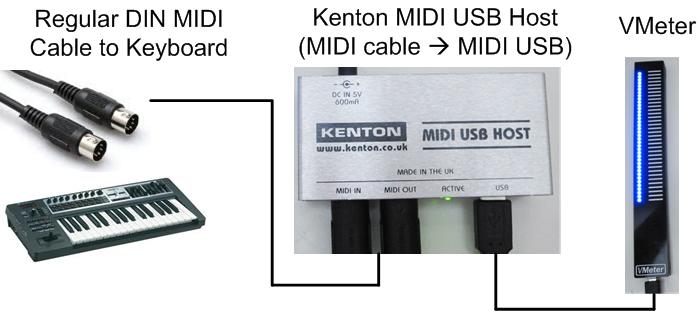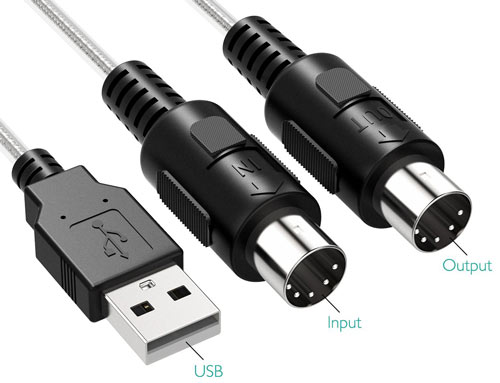

The Serial MIDI converter relies on the RXTX Java library for serial I/O. You can however find the exception and stack trace in your logs using the Console utility. 31,250bps was definitely non-standard, and it caused Serial MIDI Converter to stop working without any error messages. Linux has its own way of setting it, and so does the Mac OS. It turns out that setting a non-standard baud rate on a POSIX system was, erm, non-standard. You can find the same circuit diagram (with different values & parts) in the official MIDI Electrical Specification Diagram.

Note that the RXD output is only meant for interfacing with a TTL circuit like an FTDI chip/cable or MAX232 transceiver, not the RS232 serial port directly. For the opto-isolator, element14 had some non-RoHS CNY17-2 on sale, so I just used that. In my case, parts came from a scrap bin, so I used a 330 ohm resistor instead of a 220 ohm for Rb and a 1K for Rd instead of 280 ohms. The circuit is relatively simple – you need the DIN socket, an opto-isolator, 2 resistors, and optionally a diode.

I’m using Mac OS X 10.6.6 and the latest Java update, so I didn’t need any extra JAR files. For this purpose, I shall use the Serial MIDI Converter from SpikenzieLabs. Receiving MIDI data over the FTDI cable doesn’t magically turn your USB serial device into a MIDI device – you need to be running a software bridge or a driver that pretends to be a virtual MIDI device emitting these messages. This means you can receive MIDI data from your musical instrument using a serial port, or an FTDI cable. MIDI is actually just serial data at 31,250bps in 8N1 format that is transmitted over a 5-pin DIN cable.


 0 kommentar(er)
0 kommentar(er)
